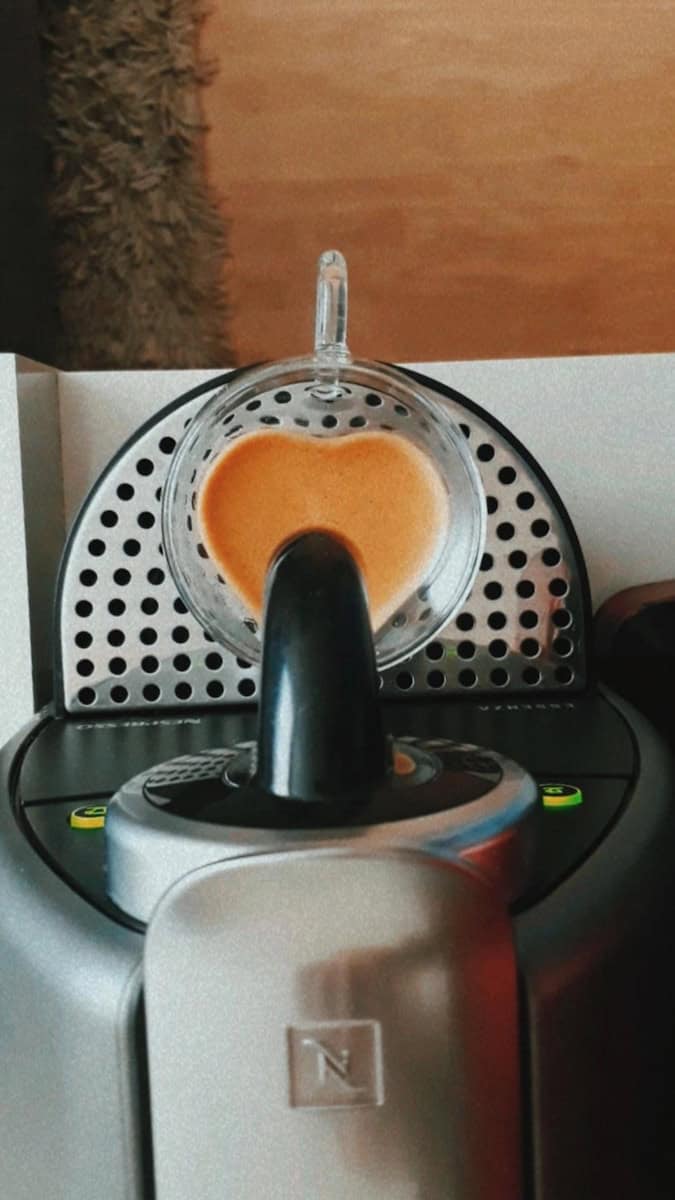The Engineer’s Guide to Raw Material Storage: A Technical Analysis
- How to characterize materials scientifically
- Technical criteria for selecting and designing storage systems
- The chemistry and physics behind material degradation and preservation
- Advanced risk mitigation and safety engineering
- How to integrate modern automation and monitoring technologies
Foundational Storage Pillars
Pillar 1: Material Integrity
Pillar 2: Operational Safety
Pillar 3: Process Efficiency
Scientific Basis for Design
Key Physical Properties Analysis
- Particle Size Distribution: This affects flowability, dust explosion potential, and segregation during handling. Fine powders need different handling than coarse granules.
- Bulk Density (Loose and Tapped): These values are critical for calculating static and dynamic loads on silo walls and cones. Underestimate this, and you risk structural failure.
- Angle of Repose: This natural angle determines hopper cone angles for mass flow and prevents problems like ratholing.
- Hygroscopicity: A material’s moisture absorption tendency causes caking, bridging, and agglomeration. It can also trigger unwanted chemical reactions or degradation.
- Abrasiveness and Corrosiveness: These properties determine construction material selection. Abrasive solids wear through standard carbon steel. Corrosive liquids require specific alloys or liners.
Critical Chemical Properties
- Material Compatibility: Prevent dangerous reactions between stored materials and containers, or between different materials stored nearby. This prevents corrosion, contamination, and hazardous chemical generation.
- Flammability and Combustibility: Properties like flash point, autoignition temperature, and explosive limits (LEL/UEL) are paramount. Methanol’s low flash point of 11°C requires intrinsically safe equipment and often nitrogen blanketing.
- Toxicity and Reactivity: Understanding hazardous off-gassing, runaway polymerization, or thermal decomposition potential is crucial for proper ventilation, temperature control, and emergency relief systems.
- Sensitivity: Analyze vulnerability to degradation from external factors. This includes UV light sensitivity that can embrittle polymers, or oxygen sensitivity causing oxidation and rancidity in oils and fats.
Matching Systems to Properties
Major Storage Categories
- Bulk Solid Storage (Silos, Hoppers, Bins)
- Liquid Storage (Tanks – fixed roof, floating roof, pressurized)
- Bagged/Containerized Storage (Racking systems, floor stacking)
- Specialized Storage (Gas cylinders, climate-controlled rooms)
Table 1: Technical System Comparison
Storage System Type | Optimal Material Type(s) | Key Technical Design Principle | Advantages | Common Technical Challenges |
Welded/Bolted Silo | Free-flowing bulk solids (grains, plastic pellets, cement) | Mass Flow vs. Funnel Flow; Hopper Angle > Angle of Repose | High capacity, small footprint, automation-friendly | Ratholing, bridging, structural stress, condensation |
Atmospheric Tank | Non-volatile liquids (water, oils, glycols) | API 650 standard; Venting for pressure balance | Cost-effective for large volumes, simple design | Contamination risk, evaporation loss, corrosion |
Pressurized Tank | Volatile liquids, liquefied gases (LPG, ammonia) | ASME BPVC Section VIII; Pressure containment | Prevents vapor loss, maintains product stability | Higher cost, complex safety systems, risk of BLEVE |
Selective Pallet Rack | Bagged goods, drums, IBCs | Structural integrity (ANSI MH16.1); Load distribution | High accessibility (FIFO), flexible, low initial cost | Forklift damage, inefficient space use, manual handling |
Climate-Controlled Room | Hygroscopic powders, pharmagrade APIs, electronics | HVAC precision; Air changes per hour (ACH); Insulation (R-value) | Precise control of temp/humidity, protects sensitive materials | High operational cost (energy), complex monitoring |
Mitigating Material Degradation
The Science of Caking
Chemical Degradation Mechanisms
- Oxidation: Reaction with ambient oxygen in the vessel’s headspace causes rancidity in oils, discoloration, and loss of efficacy in active ingredients. The solution is inert gas blanketing – displacing oxygen with low-pressure nitrogen. Calculate required nitrogen flow by accounting for tank breathing losses during filling, emptying, and thermal cycling.
- Hydrolysis: Water or moisture reactions break down chemical bonds. This commonly affects esters and polymers. The solution is rigorous moisture control through dehumidification systems – desiccant-based for very low dew points or refrigerant-based for less critical applications. Maintain slight positive pressure with dry air or nitrogen to prevent moist ambient air entry.
- Photodegradation: Many materials, particularly polymers and organic compounds, break down from UV light exposure. This causes embrittlement, color changes, and property loss. Block the UV radiation path using opaque storage vessels or UV-blocking additives like carbon black in plastic tank construction materials.
Table 2: Environmental Control Parameters
Material Category | Primary Degradation Risk | Critical Control Parameter | Target Range | Recommended Monitoring & Control Technology |
Hygroscopic Powders (e.g., food additives, salts) | Caking, clumping, loss of solubility | Relative Humidity (RH) | < 40% RH | Capacitive hygrometer + Desiccant dehumidifier |
UV-Sensitive Polymers (e.g., PVC, Polycarbonate) | Embrittlement, discoloration | UV Light Exposure (Lux) | < 75 Lux | Lux meter + Opaque/UV-inhibited silos/containers |
Oxygen-Sensitive Liquids (e.g., certain oils, monomers) | Oxidation, rancidity, polymerization | Dissolved Oxygen (O2) / Headspace O2 | < 1% O2 in headspace | O2 sensor + Nitrogen/Argon blanketing system |
Temperature-Sensitive Biologics (e.g., enzymes) | Denaturation, loss of activity | Temperature (°C) | 2-8 °C (or as specified) | RTD/Thermocouple sensors + Jacketed vessel with chilled glycol |
Advanced Safety Engineering
Dust Explosion Prevention
Chemical Compatibility and Containment
Table 3: Technical Risk Assessment
Hazard/Failure Mode | Potential Consequence | Key Technical Principle for Prevention | Engineering Control Example | Monitoring/Detection Method |
Silo Structural Failure | Catastrophic collapse, material release | Finite Element Analysis (FEA), material fatigue limits | Thicker steel walls, reinforcement rings, regular NDT inspection | Strain gauges, ultrasonic thickness testing |
Combustible Dust Explosion | Fatality, facility destruction | Ignition source control, deflagration venting | Explosion panels (vents), chemical suppression system | Spark detection systems, IR cameras |
Flammable Liquid Spill | Fire, environmental damage | Secondary containment, leak detection | Concrete bund wall with impervious coating, hydrostatic level sensors | Optical/ultrasonic leak detectors in bund |
Toxic Gas Release | Personnel exposure, community risk | Vessel integrity, pressure relief system design | Pressure Safety Valve (PSV) routed to a scrubber | Fixed gas detectors (e.g., electrochemical) at potential leak points |
Technology in Modern Storage
Key Smart Technologies
- Industrial Internet of Things (IIoT) Sensors: Low-cost, wireless sensors provide continuous, real-time monitoring of temperature, humidity, pressure, and vibration. This replaces periodic manual checks with constant data streams, allowing immediate alerts when conditions deviate from setpoints.
- Automated Inventory Management: Non-contact radar, ultrasonic, or guided-wave radar level transmitters offer precise, real-time inventory data. This feeds directly into ERP systems, preventing stock-outs, eliminating manual dipping, and providing accuracy for true just-in-time material flow.
- PLC and SCADA Systems: Programmable Logic Controllers (PLCs) and Supervisory Control and Data Acquisition (SCADA) systems integrate all sensor data, execute control logic for automated systems, and present information on central HMI dashboards.
- Predictive Maintenance: Analytics applied to sensor data enables predictive rather than reactive maintenance. Analyzing conveyor motor vibration signatures and current draw can predict bearing failures weeks early, allowing scheduled maintenance during planned downtime.
A Practical Audit Application
A 5-Step Engineering Audit
- Documentation Review:
- Start in the office. Verify Piping and Instrument Diagrams (P&IDs) accurately reflect as-built systems.
- Cross-reference all stored materials with current Material Safety Data Sheets (MSDS/SDS) to confirm understood hazards.
- Review maintenance logs, inspection records, and management of change (MOC) documentation.
- Physical Vessel Inspection:
- Walk the system critically. Look for external and internal corrosion signs, stress cracks around welds and nozzles, and leak evidence.
- Inspect foundation integrity, support structures, and access ladders.
- Verify all vessels, pipes, and containers have clear, correct, legible nameplates and labels.
- Safety Systems Verification:
- Check inspection tags on pressure relief valves and rupture discs for current test dates.
- Verify grounding and bonding connections are secure and corrosion-free.
- Function-test critical alarms and gas detection systems where possible.
- Ensure fire suppression systems are charged and recently inspected.
- Process and Control Check:
- Review calibration records for key sensors measuring temperature, humidity, pressure, and level. Uncalibrated sensors are worse than no sensors.
- Observe material transfer from storage to process. Look for flow issues, excessive dust generation, or segregation.
- Confirm environmental systems like dehumidifiers or nitrogen blanketing regulators operate at specified setpoints.
- Operational Procedures Review:
- Interview operators about standard loading and unloading procedures.
- Ask how they handle off-spec material or respond to alarms.
- Review emergency response plans and confirm operators received proper training.
Engineering a Foundation
10 Authority External Link Resources (DA 40+)
Flammable liquids – 1910.106 | Occupational Safety and Health Administration https://www.osha.gov/laws-regs/regulations/standardnumber/1910/1910.106
General requirements for storage – 1926.250 | Occupational Safety and Health Administration https://www.osha.gov/laws-regs/regulations/standardnumber/1926/1926.250
Handling materials – general – 1910.176 | Occupational Safety and Health Administration https://www.osha.gov/laws-regs/regulations/standardnumber/1910/1910.176
Materials Handling and Storage – 1910 Subpart N | Occupational Safety and Health Administration https://www.osha.gov/laws-regs/regulations/standardnumber/1910/1910SubpartN
OSHA Technical Manual – Combustible Dusts | Occupational Safety and Health Administration https://www.osha.gov/otm/section-4-safety-hazards/chapter-5
Process Safety Management for Storage Facilities – OSHA 3909 https://www.osha.gov/sites/default/files/publications/OSHA3909.pdf
An Overview of API 650 – Welded Tanks for Oil Storage | Engineers Notebook https://engineersnotebook.com/api-650/
API Storage Tanks Guide: API 650 Design & API 653 Inspection | ChemTed https://chemted.com/api-storage-tanks-guide/
NFPA 652: Standard on the Fundamentals of Combustible Dust | ANSI Blog https://blog.ansi.org/2018/12/nfpa-652-2019-combustible-dust-explosion/
Combustible Dust NFPA Codes and Standards | Stonehouse Process Safety https://stonehousesafety.com/combustible-dust-10-nfpa-codes-and-standards/










